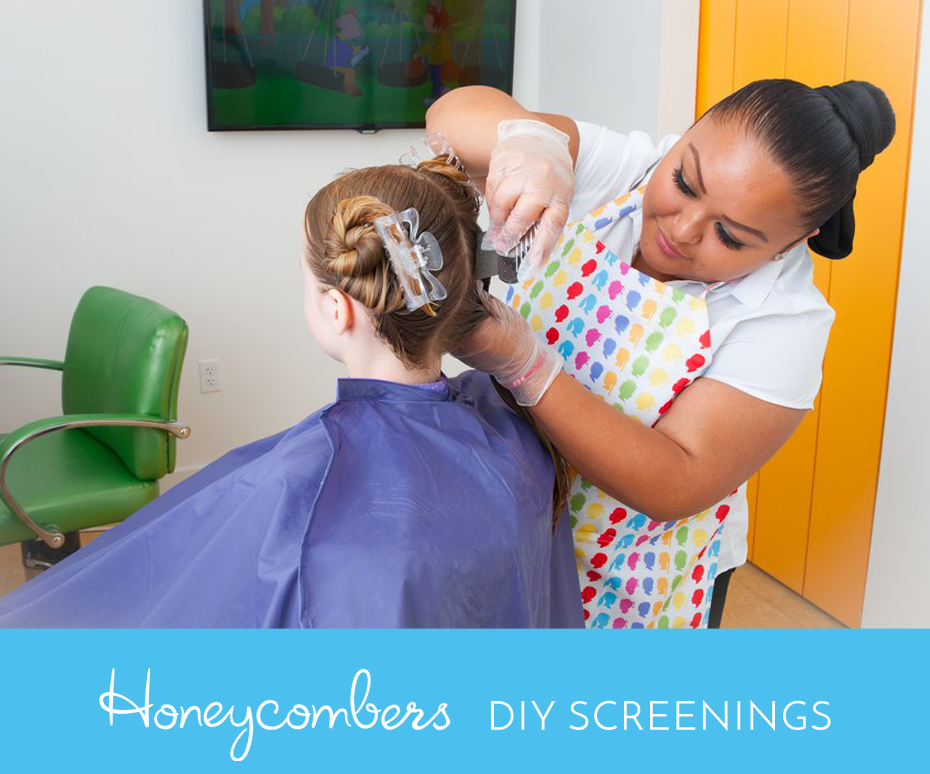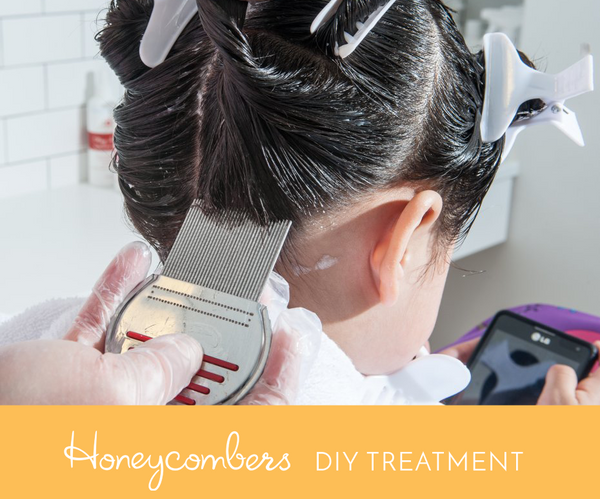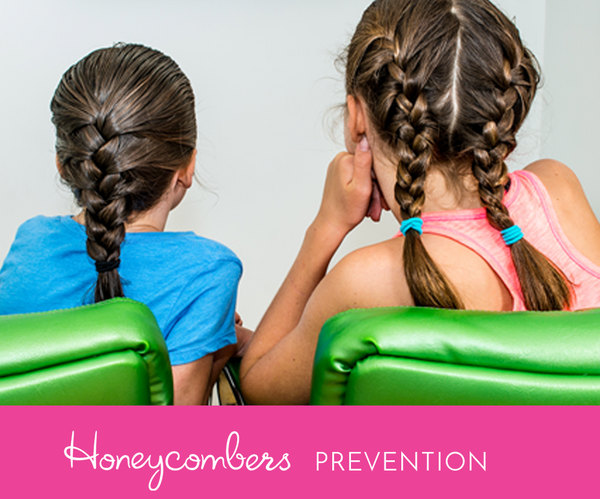DIY Screenings

Dry Screenings
Typically schools, doctors and parents do “dry checks,” or checks on dry hair, to try to visually identify lice or eggs. Visual identification is very difficult unless the infestation is heavy. Finding just one or two bugs isn’t easy. For that reason we highly recommend doing a wet screening. If only a dry check is possible, follow these steps.
Materials needed
Rat-tail comb
Strong light or sunlight
Magnifying glasses or hand-held magnifier
- With your rat-tail comb, examine around the ears, crown and nape of neck for signs of nits, nymphs or live bugs.
- Part the hair in ½-inch sections using your fingers or comb.
- Continue looking for signs of nymphs, nits or lice.
Wet Screenings
Wet screenings are performed by thoroughly wetting and combing through the hair, section by section, with an excellent lice comb. By meticulously combing through all of the hair, there is a much better chance of detecting even the smallest infestation.
- Spray hair: Thoroughly spray hair until it is damp. Avoid spraying the eyes and ears.
- Detangle hair: Add Honeycombers Daily Conditioner to detangle hair. Be sure to apply conditioner throughout the hair from the scalp to the ends. With longer and thicker hair start with a brush. Once hair is fully detangled with the brush, then thoroughly comb hair with the rat-tail comb. Be sure to remove all loose hair prior to next steps.
- Comb hair: Part the hair down the middle into two sections. Pin one side up. On the side that is down, section and clip the hair in 1- to 2-inch sections. Thoroughly comb each section, one at a time, using the Honeycombers Nit-Free Comb. With each section of hair that is being combed, be sure to start at the scalp with the teeth of the comb pressing gently on the scalp and follow hair to the ends. Pay careful attention to the nape, crown area and around the ears. Continue with all sections on the first side, then repeat process on the other side.
If the child is found to have lice, go directly into a full treatment.



